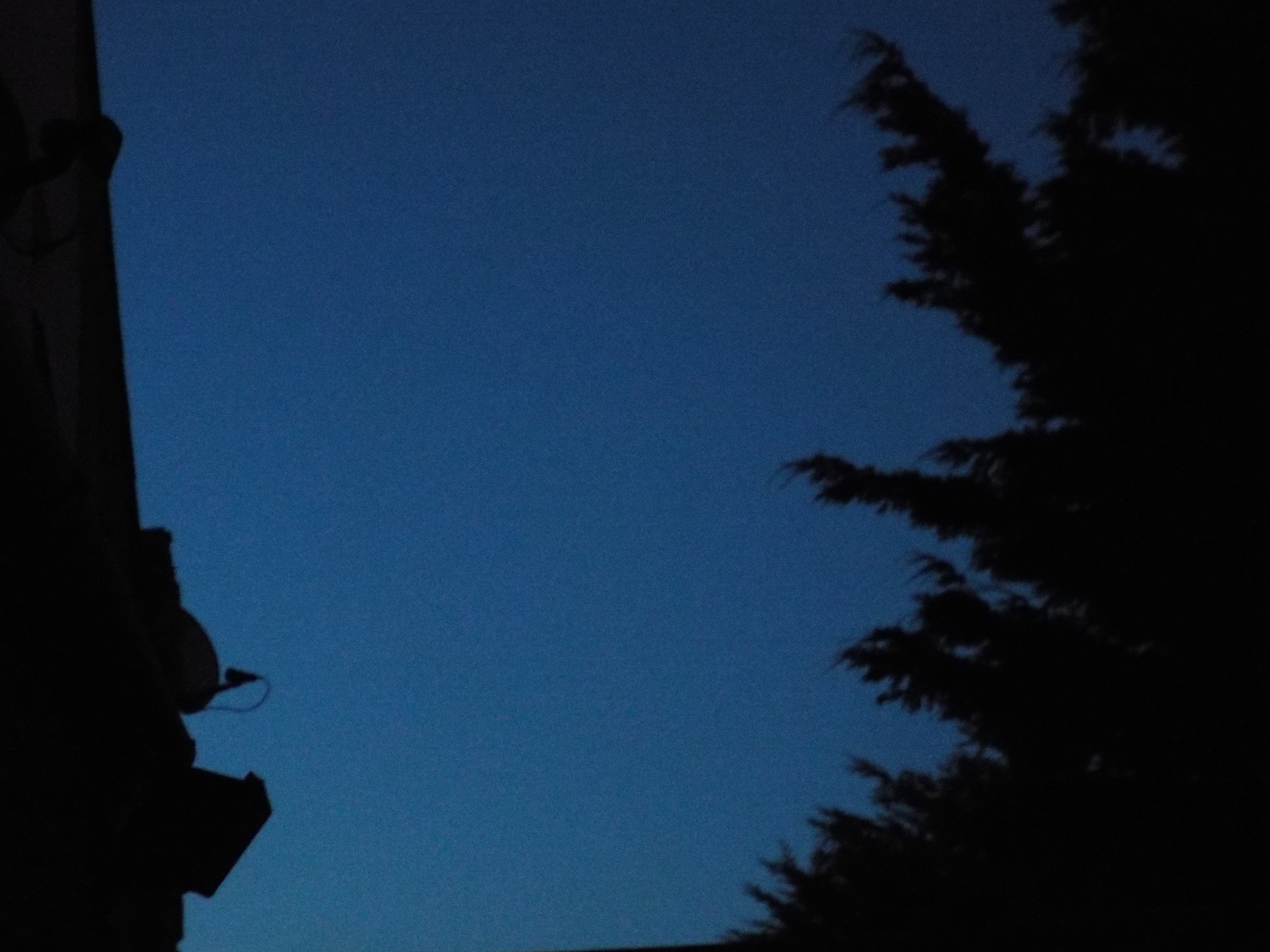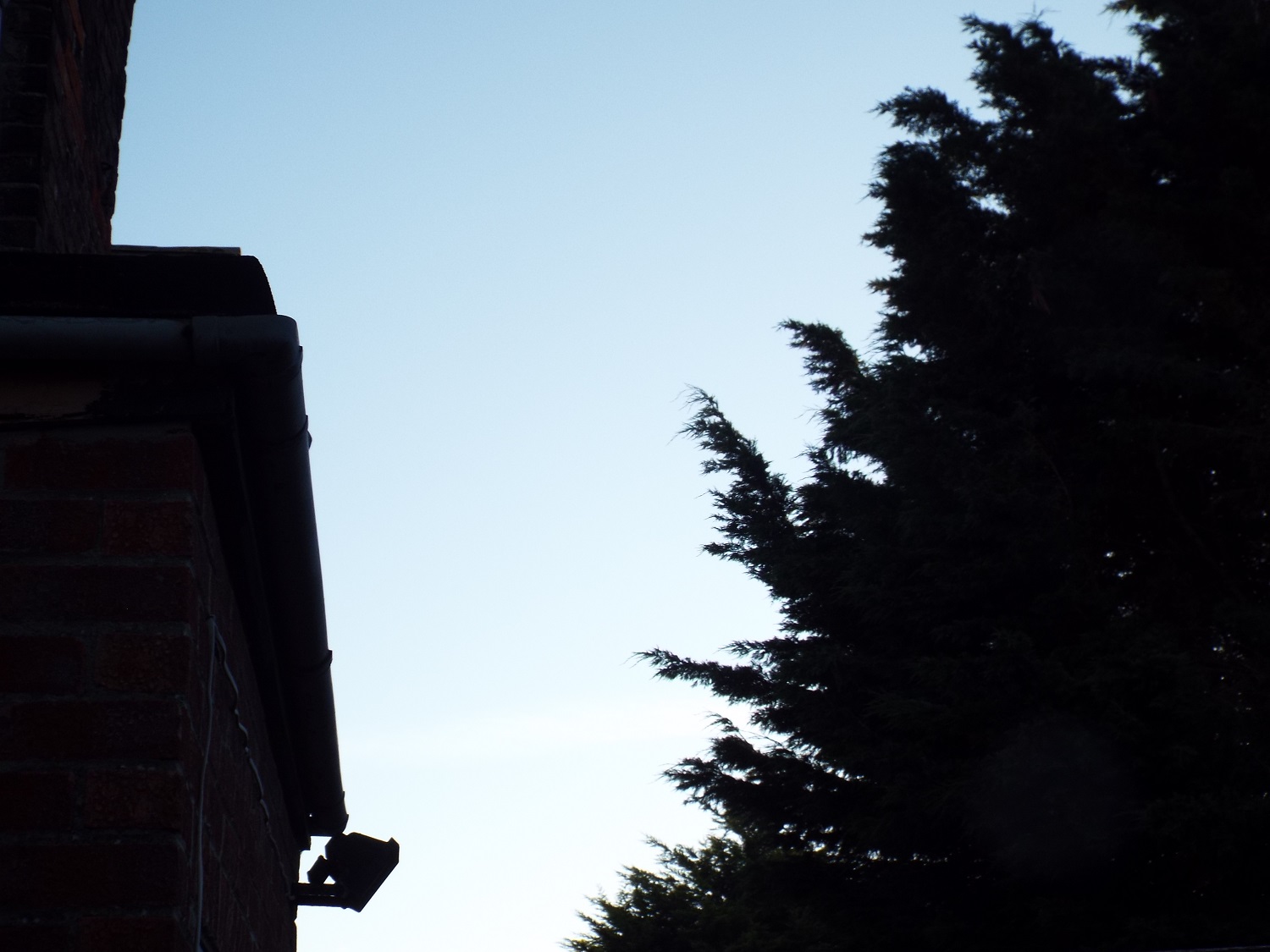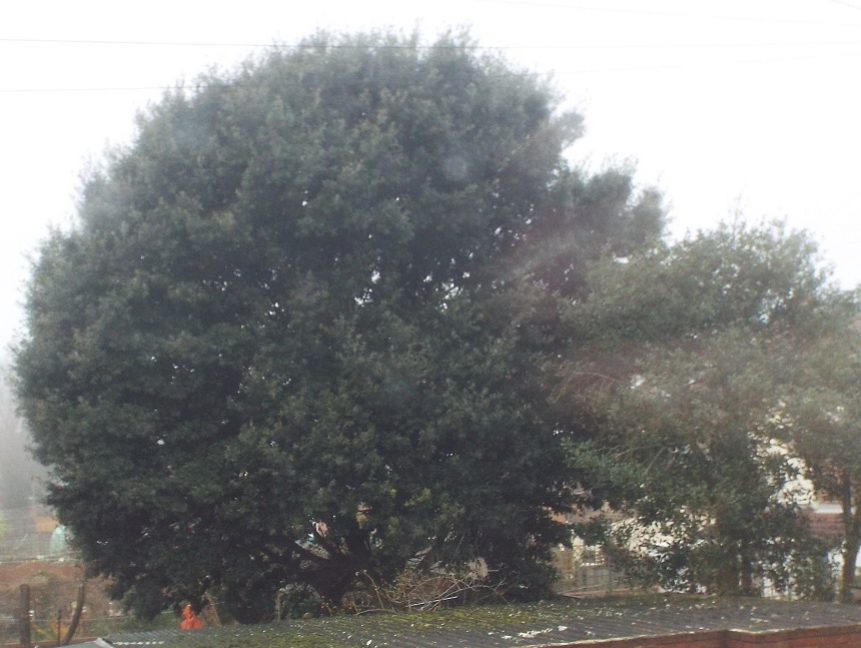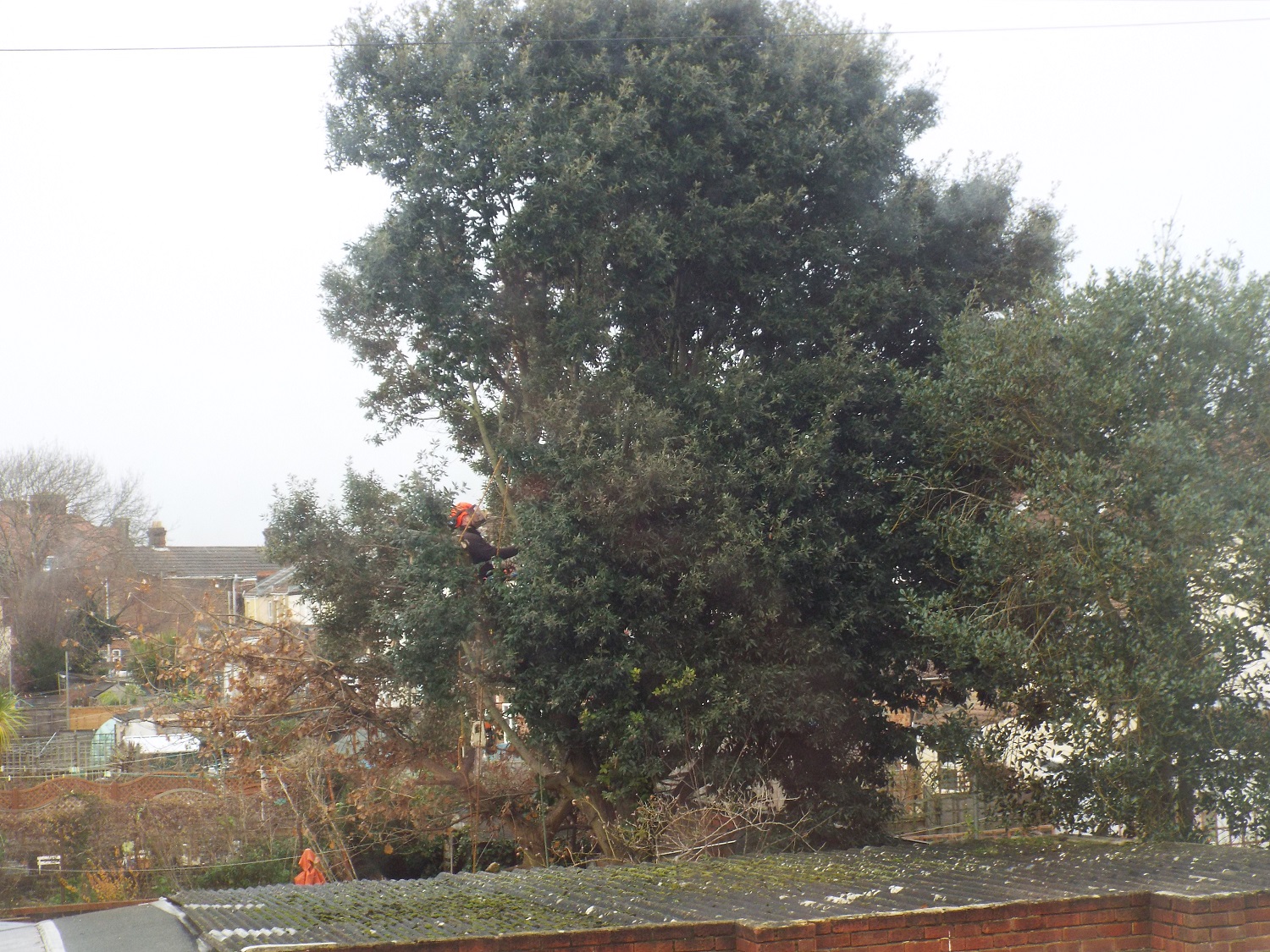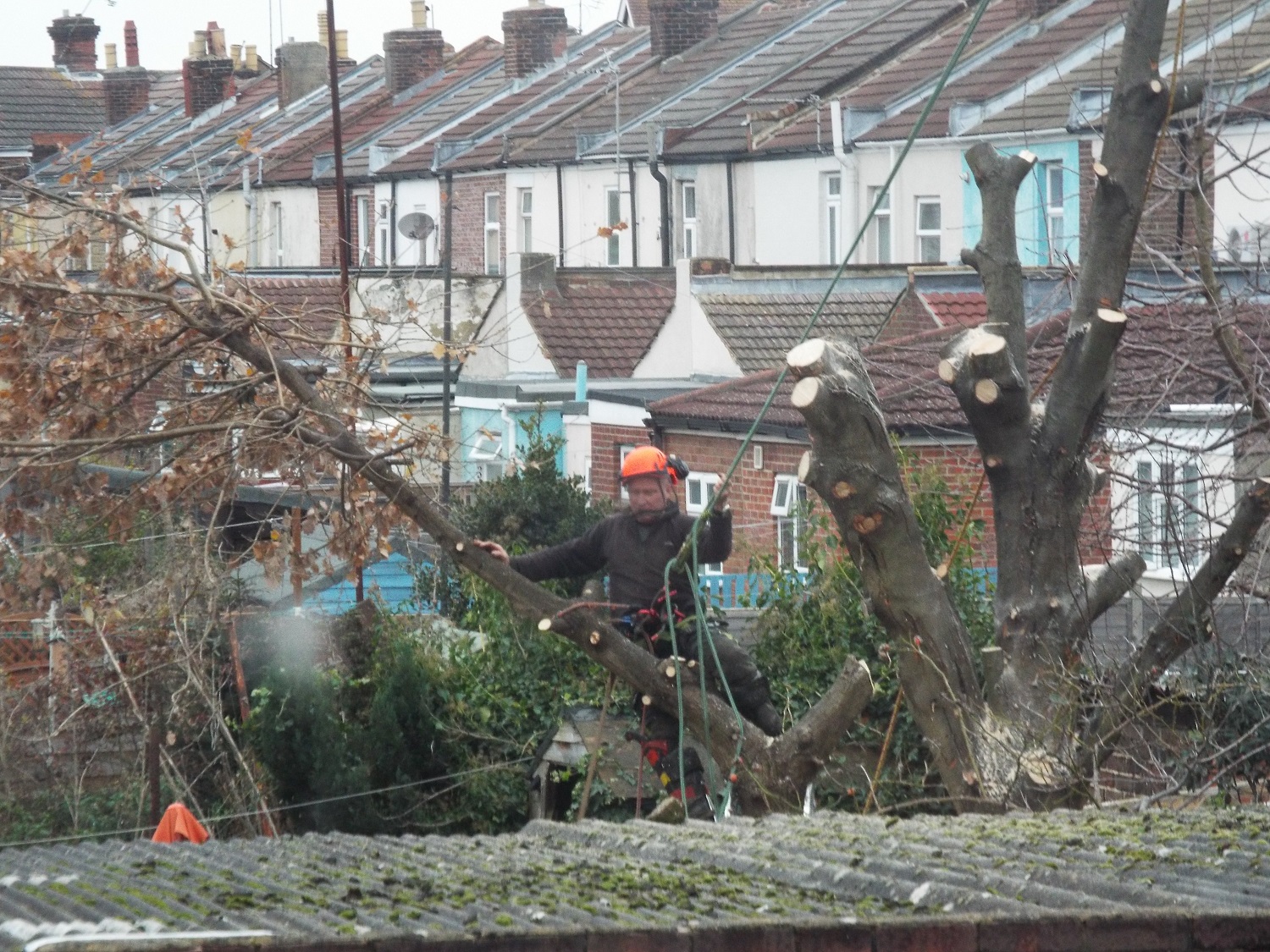Five years ago, we were standing outside in my back garden hoping to see the fly-past of the International Space Station (ISS) - it did appear, and so did a very unexpected bat.
'Our' bat has appeared at dusk every year now during the spring and summer months, looping and figure-of-eighting around the trees that grow in the back gardens of my road, from dusk till dawn. In fact there are 'bat corridors' between the backs of houses and trees. But there are challenges ahead for these beautiful, tiny animals.
I live in a densely occupied built environment of smaller Victorian terraced houses in Portsmouth, so all wildlife sightings flitting across this brick and concrete palette are very welcome. Bats are fast though - too fast for my camera so far! But there are some beautiful photographs which have been shared online, a couple of which are reproduced here (with credits).
My friend Nik has recently seen a different bat where he lives, a few streets away - and it's probably a different species judging by its flight pattern and speed. We'll need a bat detector to find out, which is a gadget that turns the bats' inaudible echo location clicks into sounds audible to humans.
So overall, it's looking good - but there are questions.
Where are they roosting? (Bats have maternity roosts and hibernation roosts.)
What are the main dangers to bat habitats in this city?
What can we do to help these amazing, delicate, protected creatures?
Kingston Cemetery, Fratton, Portsmouth
We think they're likely to be roosting up in the wonderful nearby wildlife oasis that is Kingston Cemetery, possibly in tree roosts (there are many very mature trees there) or in and about the Victorian chapels and resting-houses. They are not in the tower of nearby of St Mary's Church, and the trees in Kingston Recreation Ground aren't yet mature enough to develop the hollows and layers of peeled bark that bats need to roost within.
The main danger to bats in the city is loss of habitat. As I noted in my last post, we need to stop cutting the bloody trees down. Adopting good tree management isn't that hard - cut back in the right seasons, and let the trees exist and attract the insects which are the main diet of bats and many species of garden birds.
It was awful seeing this tree being felled over the road from me last year. Going, going, gone. It was a nesting site for birds, and an insect attractor for bats. Just ... gone. Only a stump remains.
To help the bats, we need to keep as many trees as we can in the city. Trees also help with the preservation of other wildlife, with air quality, and buffering noise pollution. People who have a chance to walk, play and exercise in urban green spaces with trees have improved mental health and tend to care more about the environment.
In short, trees are an extraordinarily cost-effective way of maintaining urban ecosystems for everyone's benefit. And our beautiful, fragile bats need them to survive.
Bats in flight (Photo: Stuart Anthony, via Flickr Creative Commons and @SpeciesOfUK

